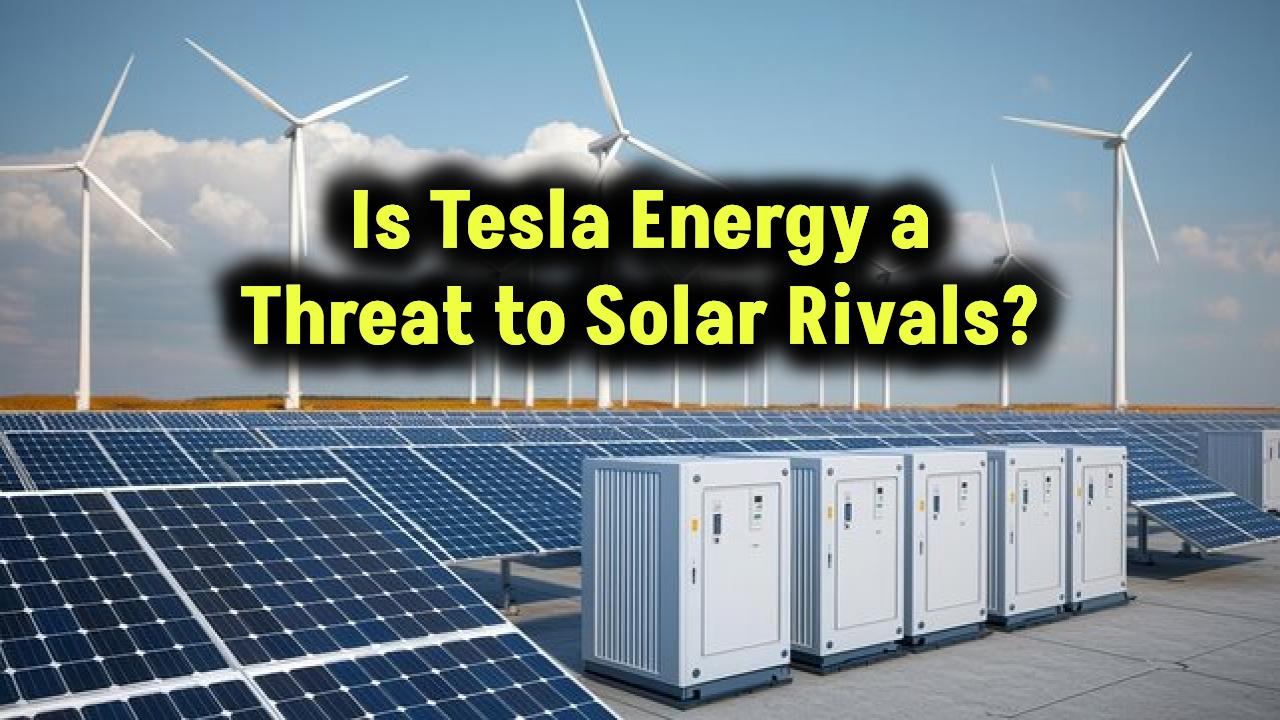
Solar panels too costly in the U.S.? If you’ve looked into switching to solar energy recently, chances are you’ve experienced some sticker shock. While solar technology itself has become dramatically cheaper over the past decade, the cost of installing solar panels in the U.S. remains surprisingly high. In fact, Americans often pay more than double what homeowners in countries like Germany or Australia spend for the same system.
So, what’s going on here? Why is it still so expensive to go solar in America, and what can you do to reduce your costs? In this article, we’ll peel back the curtain and show you the real reasons behind the pricing problem—and what homeowners, businesses, and policymakers can do about it.
Also Check: Government Solar Panel Grants Are Back – But Only If You Act Before This Deadline
Why Are Solar Panels So Expensive in the U.S.?
1. Soft Costs Make Up the Bulk of the Bill
The solar panel hardware itself has gotten much cheaper thanks to global innovation and mass production. A decade ago, a solar panel might have cost over $2 per watt. Now it’s often less than $0.30 per watt from manufacturers like LONGi or JinkoSolar. But that’s not what you’re paying for.
Instead, the bulk of the price—nearly 65%, according to the U.S. Department of Energy—comes from “soft costs.” These include:
- Permitting and inspection fees that vary by city and state
- Labor costs for installation, which are higher due to prevailing wages and insurance
- Marketing and sales expenses that can reach thousands of dollars per customer
- Installer profit margins that often range from 10% to 30%
In short, you’re not just buying solar panels; you’re paying for the entire experience—and in the U.S., it’s a costly one.
2. Tariffs and Supply Chain Disruptions
Since 2018, the U.S. has imposed tariffs of up to 25% on solar equipment imported from China, the world’s largest solar producer. These tariffs were meant to encourage domestic manufacturing, but the result has been higher prices for end-users.
As of Q2 2025, solar panel prices in the U.S. averaged 33.7 cents per watt, compared to just 10.1 cents per watt for similar panels manufactured in China (Inside Climate News).
Add global supply chain issues—like COVID-related delays and shipping bottlenecks—and you’ve got a perfect storm of cost increases.
3. Lack of Standardization and Permitting Delays
One of the most frustrating barriers to affordable solar in the U.S. is the lack of a national permitting standard. Every city, town, and utility can set its own rules. Some require complicated engineering documents; others take weeks to approve applications.
The Department of Energy launched SolarAPP+, a digital permitting tool, to streamline this. But as of 2025, adoption remains limited. Until more local governments get on board, delays and added costs will persist (EnergySage).
4. Financing Tricks That Add Hidden Costs
Many homeowners rely on solar loans or leases to pay for their systems. But these often come with hidden dealer fees of up to 30% that installers pass along to you.
Even if you’re paying cash, some companies bundle these costs into the base price. It’s like buying a car and being charged for the financing, even if you paid upfront. Always ask for a cash quote and compare it to the financed version.
5. Low Consumer Awareness and Misinformation
A major hidden cost comes from low solar literacy. Many homeowners don’t understand how to evaluate solar offers, leading to poor decision-making. Some fall for high-pressure sales tactics, while others assume it’s out of reach when it’s not. This opens the door to inflated pricing and missed savings opportunities.
Also Check: These Are the Best U.S.-Made Solar Panels in 2025 – #1 Will Blow Your Mind!
How to Make Solar More Affordable for Yourself
You don’t have to be at the mercy of high prices. Here are practical, actionable ways to cut your solar costs:
1. Get Multiple Quotes
Just like buying a house or car, shopping around can save you thousands. Use platforms like EnergySage or SolarReviews to compare bids from vetted installers.
2. Look Into DIY or Hybrid Models
Some savvy homeowners buy panels and inverters directly from wholesalers, then hire certified electricians to install them. This can save 20–40% off a full-service install. Check your local laws and utility interconnection rules first.
3. Maximize Federal and State Incentives
The Federal Investment Tax Credit (ITC) offers a 30% credit on your total system cost through 2032. Many states and utilities offer additional rebates or net metering incentives. Visit dsireusa.org for a full list.
4. Support Simplified Permitting Policies
Local advocacy can help reduce costs for everyone. Ask your city to adopt SolarAPP+ or other fast-track options. Less red tape means quicker, cheaper installs.
5. Consider Community Solar
If installing panels on your home isn’t feasible, look into community solar programs. These allow you to subscribe to a shared solar farm and receive credits on your electricity bill—no installation required.
6. Improve Energy Efficiency First
Reducing your overall energy usage means needing fewer panels. Before installing solar, upgrade to LED lights, improve insulation, or install a smart thermostat.
(FAQs)
Why is solar cheaper in other countries?
Countries like Germany and Australia have nationalized permitting systems, strong installer competition, and fewer soft costs. They also benefit from economies of scale and government policy support.
Are solar panels still worth it in 2025?
Absolutely—if you do your homework. Even at current prices, many systems pay for themselves in 8–12 years and provide decades of low-cost electricity.
Can I import my own solar panels?
Technically, yes. But you’ll need to navigate tariffs, certifications (like UL listing), and warranty issues. Consult with an experienced installer first.
Also Check: What Can a 3kW Solar System Really Run? The Answer Might Change Your Mind About Going Solar







